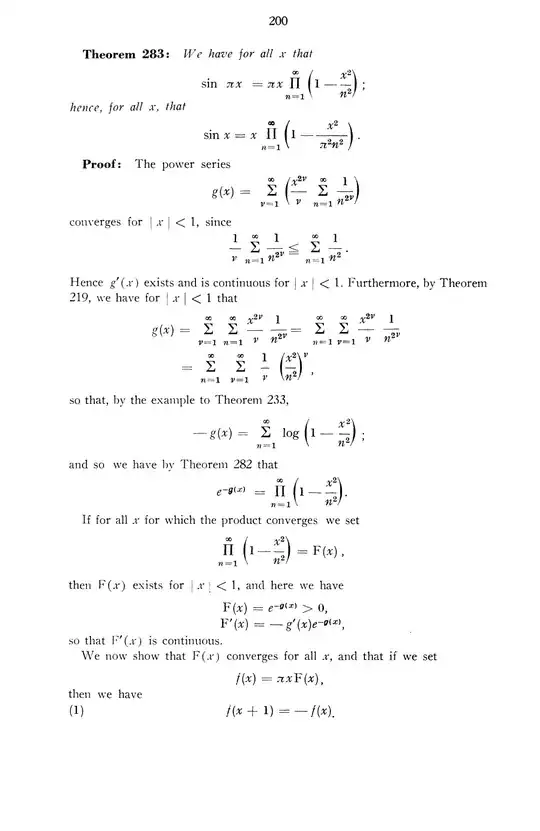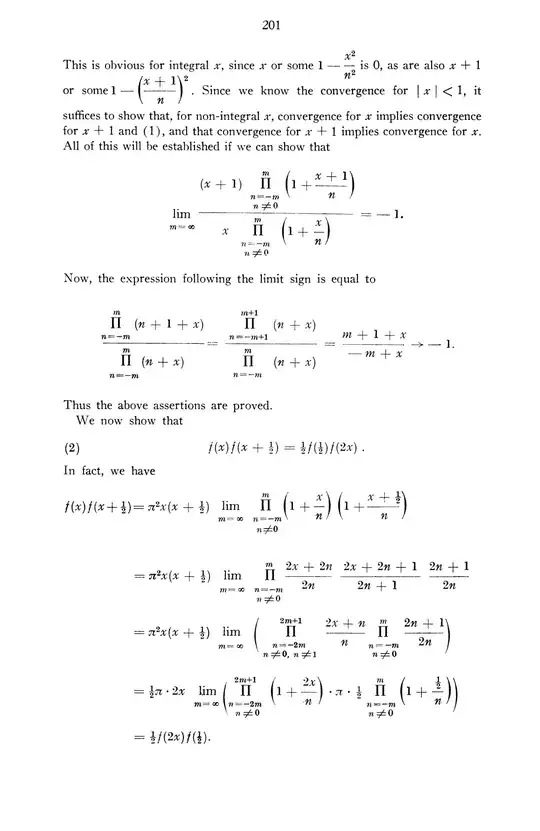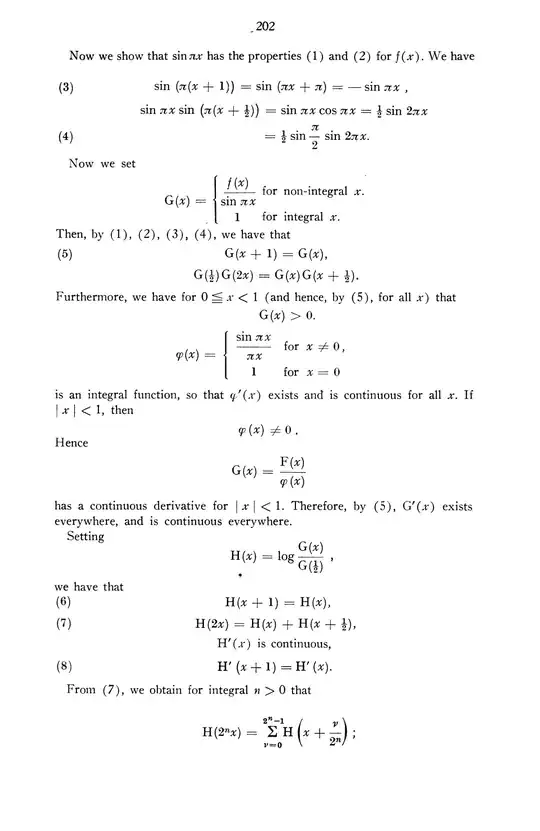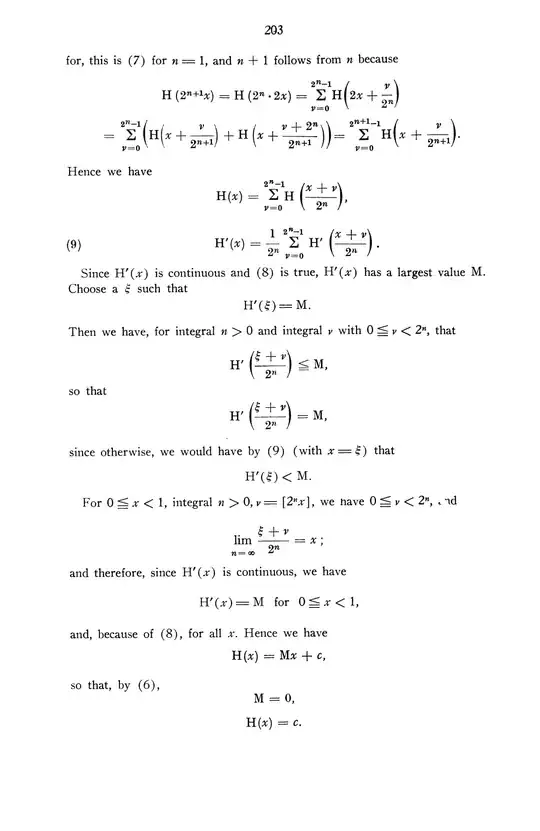Possible Duplicate:
infinite product of sine function
Here is an other one which is more or less what Euler did in one of his proofs.
The function sinx where x∈R is zero exactly at x=nπ for each integer n. If we factorized it as an infinite product we get
How to prove $$ \sin x=...(1+\frac{x}{3\pi})(1+\frac{x}{2\pi})(1+\frac{x}{\pi})x(1-\frac{x}{3\pi})(1-\frac{x}{2\pi})(1-\frac{x}{\pi})... $$




